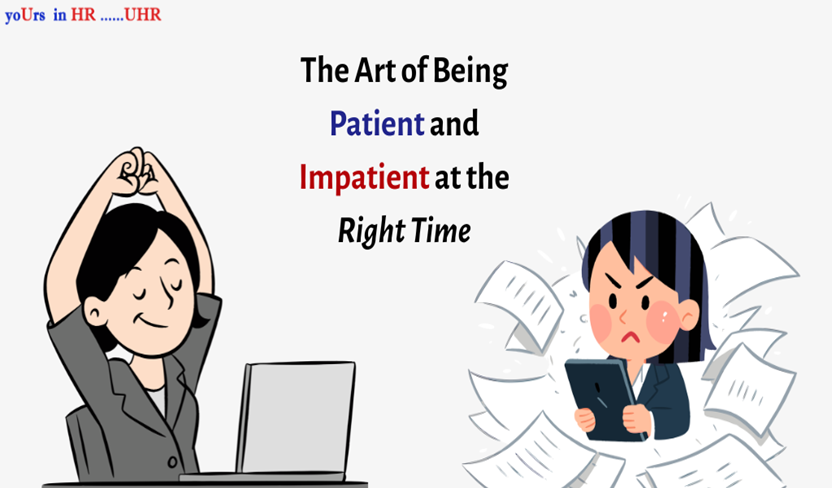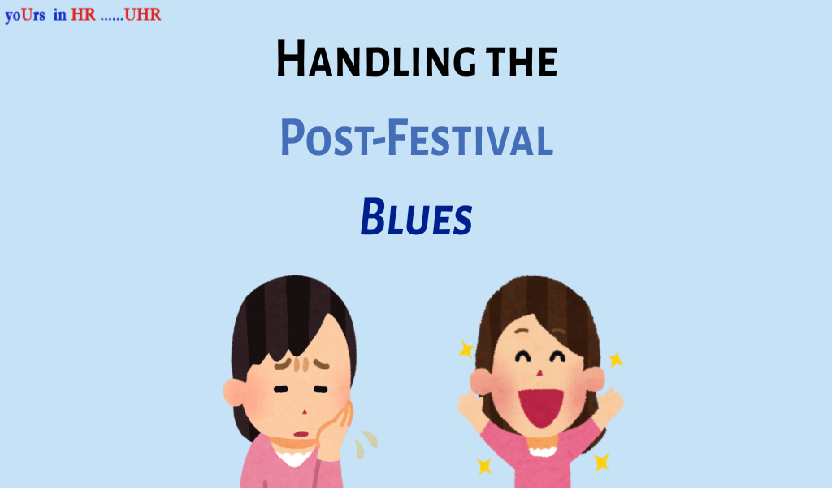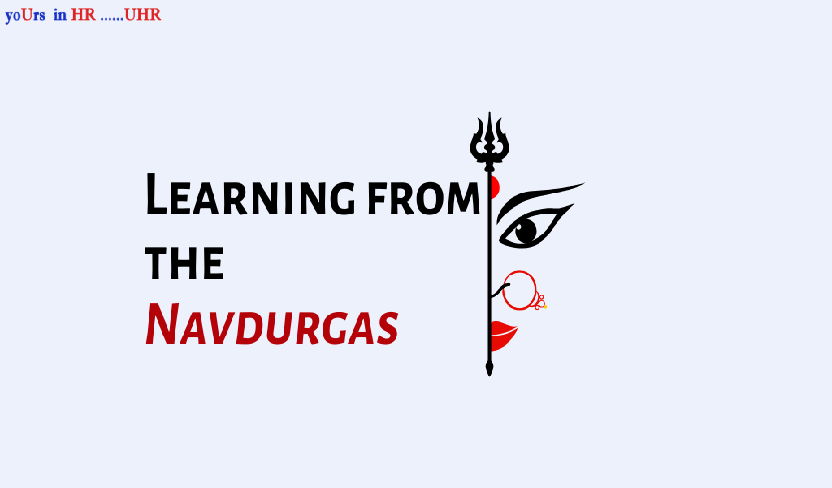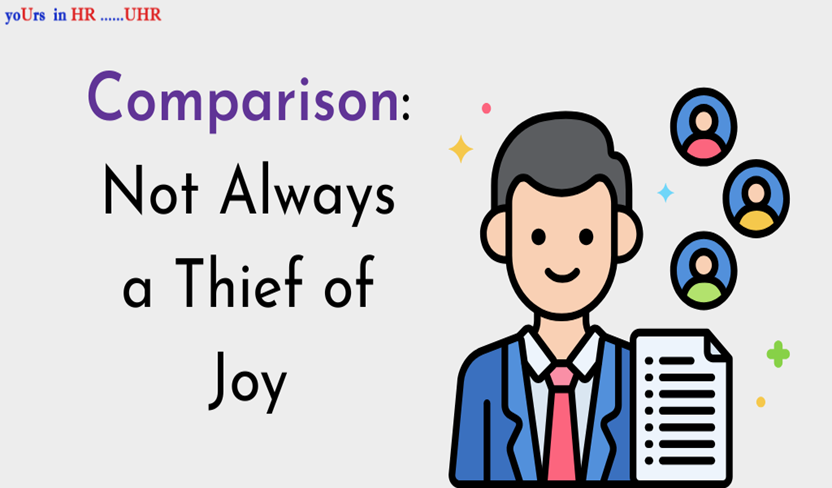
Seema and Shriya were having a little debate about whether the ‘slow and steady’ patience wins or whether it is the fast-paced ‘go for it’ approach that helps one get ahead in life.
You know, that classic hare or the tortoise race fable. Seema believed that it was impossible to achieve something where steps had not been taken after careful consideration. She believed success required planning, and planning required you to be patient. Shriya believed that it was impossible to move forward if one kept on patiently waiting and planning and analysing the small details. She believed in planning as little as possible and developing the ability to just ‘wing it’.
Seema believed in patience, and Shriya believed that patience was a waste of time.
Seema believed in trusting the process, Shriya believed in trusting your abilities.
Both approaches had merit, and no wonder everyone else in the office was torn between the two. On some days, you do need to be meticulous, and well-planned, and think about the short-term and long-term implications of the decisions you make. On some days, you just have your gut feeling and you must simply ‘go for it’.
Finally, after much debate, they decided to consult Zeenat, their boss. Zeenat had built the company from a small room, and now, here they were, years later in an office full of employees: COOs, CFOs, VPs, seniors, juniors, from all walks of life. They felt she was the best person to consult, with her experience, wisdom and success to show. Zeenat, their boss. Zeenat, the resident ‘Zen master’ !
As they laid their arguments to her, Zeenat took a pause, rested her palms on the table, and meditated on the two sides for a minute or two, and finally said:
‘You are both right. And you are both wrong’.
Spoken like a true Zen master, no?
Looking at their Seema and Shriya’s puzzled expressions, she continued,
‘You should be patient and impatient both. But being patient and impatient at the wrong time and place will not work. Let me put it this way: you must be patient with results. Results don’t always show up overnight. You must trust the process. You must be patient for the seeds to grow.
‘You must plan ahead, you must work hard and be patient with everything that you do before the seeds of your work show up. If you are impatient, you wouldn’t do one thing properly and will end up going all over the place. You mustn’t be impatient with the results. You see, soil doesn’t yield anything if you don’t let the seeds grow.
‘At the same time, you must be impatient with one thing, and that is effort. If you keep planning without doing anything to execute the plan, you won’t achieve much. If you keep waiting for the ideas to come to you, to trust the timing, without putting in the time into efforts, nothing will happen. You must be relentless and impatient with your efforts. With your execution of ideas. You know what they say- good luck comes to those who work hard. ‘
We need impatience and patience both, at the right time and context. Impatience with efforts. Patience with letting the results show up. This is how the cycle of effort and results harmonizes.





